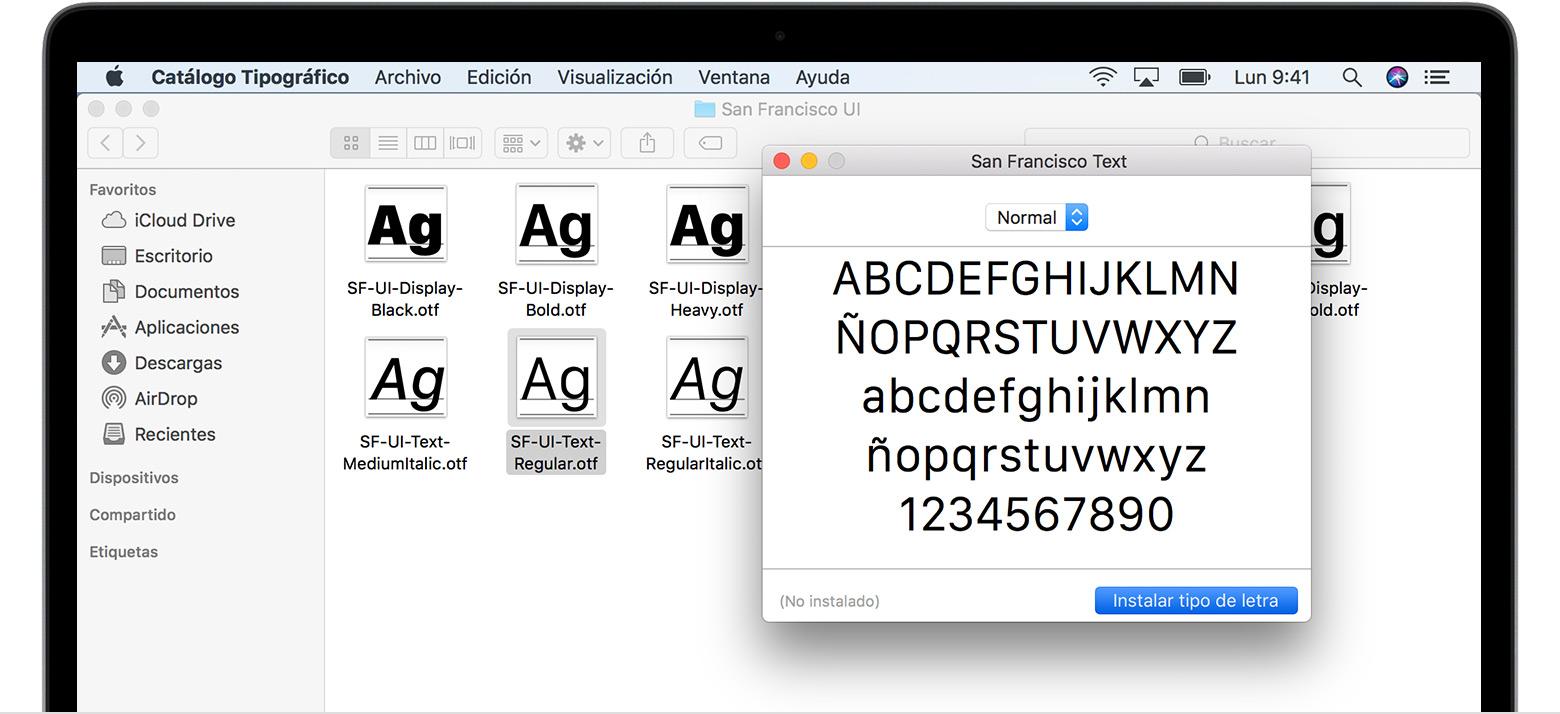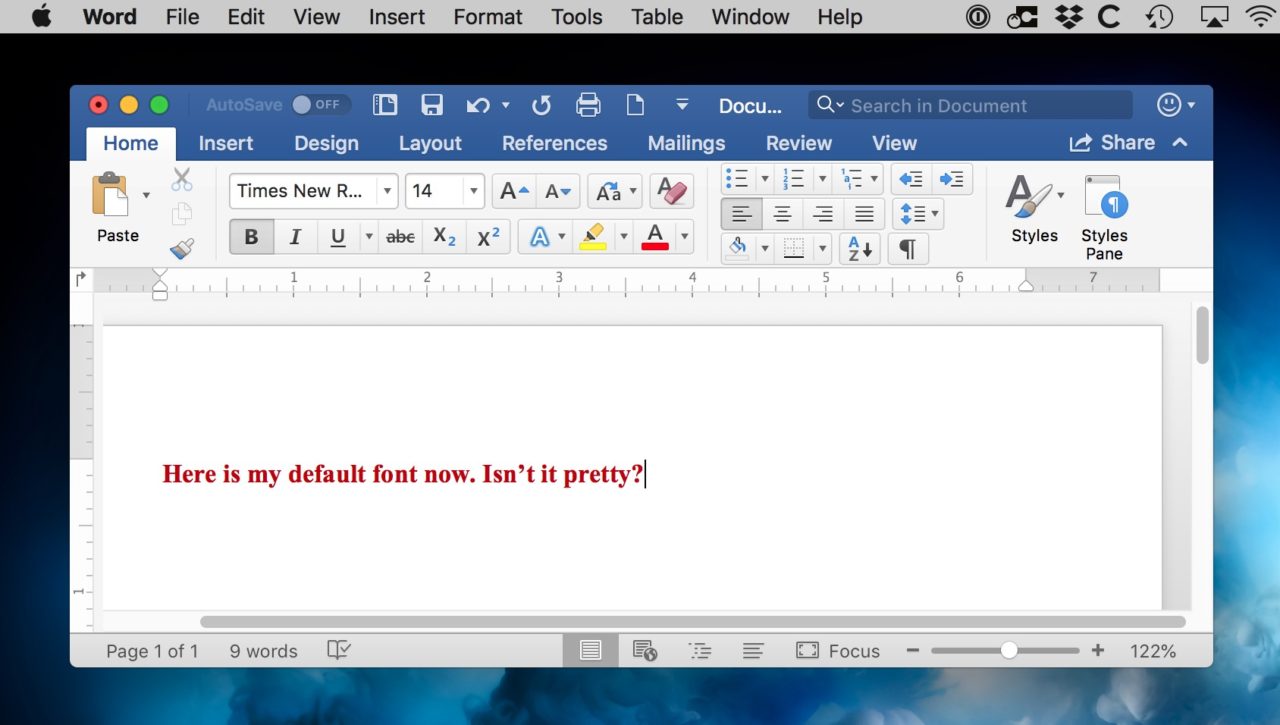

- #Default font word for mac mac os#
- #Default font word for mac pdf#
- #Default font word for mac install#
- #Default font word for mac update#
- #Default font word for mac windows 10#
#Default font word for mac mac os#
The number of typefaces & fonts Apple includes with Mac OS X/OS X/macOS has varied.

The following fonts have served as the default system fonts on macOS: Version Mac OS X/OS X/macOSĪpple has a page detailing System Fonts for macOS & iOS. In addition to these, you should also check out Microsoft's “ Fonts and Products”, which lists fonts supplied not only with Microsoft’s products, but also included in UNIX, Mac OS X, & Adobe products. Wikipedia’s “ List of typefaces included with Microsoft Windows” lists fonts included with Windows 3.1–10.
#Default font word for mac windows 10#
#Default font word for mac update#
According to Microsoft, FoD packages “are installed automatically by Windows Update when the associated languages are enabled in language settings (for example, by enabling a keyboard)” but can also be installed manually by using Settings > Apps > Apps & Features > Manage Optional Features. Windows 10 also makes other typefaces & fonts available in Feature on Demand packages.
#Default font word for mac install#

Various resources also exist that give web developers some hard numbers & lists they can use when determining the fonts available on various operating systems. Go take a look & it'll give you some numbers you can work with.
#Default font word for mac pdf#
Embedding the fonts when you save the file or saving the file as a PDF will maintain the fonts you use, but are not good solutions for collaborating on a document with other users.What fonts can you assume Windows users will have? Mac users? And how about (gulp!) Linux & other UNIX users? Oh, & don't forget mobile users: iOS (iPhone, iPad, iPod Touch), Android, & Windows Phone 7! One problem with keeping the new fonts (Cambria and Calibri) as the default is that users who have not installed the new version of Office will not have these fonts, so even if you give them a version of your file they can open, the fonts will be substituted.

Also, because you changed the Font Set instead of selecting a specific font, the Document Themes will still be able to update the document fonts. Now when you open a New Blank Document based on the normal template, these settings will be in play. While you're at it, you can choose a different theme Color Set and fix any settings to the Normal Style (like the space after paragraph mentioned above).ĥ. The default fonts from Word 2004 and earlier are in the Font Set Office Classic.Ĥ. Select a pair of fonts (Headings and Body) for Fonts. On the Formatting Palette (View menu > Toolbox: Formatting Palette), Open Document Themeģ. Open the normal.dotm: File > Open > Enable: Word Templates, then navigate to Office > User Templates and select Normal.dotm > OpenĢ. This is much easier to do in Word 2007 (Windows), but can be done with a few extra steps for Word 2008.ġ. What you need to do is change the default Font Set in the normal.dotm. By this method the normal.dotm will be disconnected from document themes. This is not the correct way to change the default font.


 0 kommentar(er)
0 kommentar(er)
